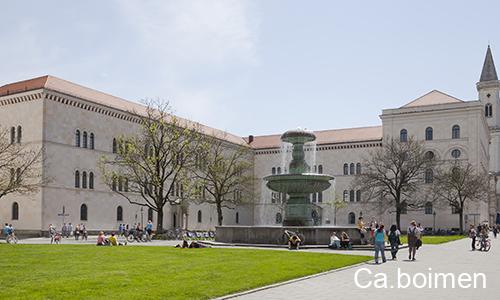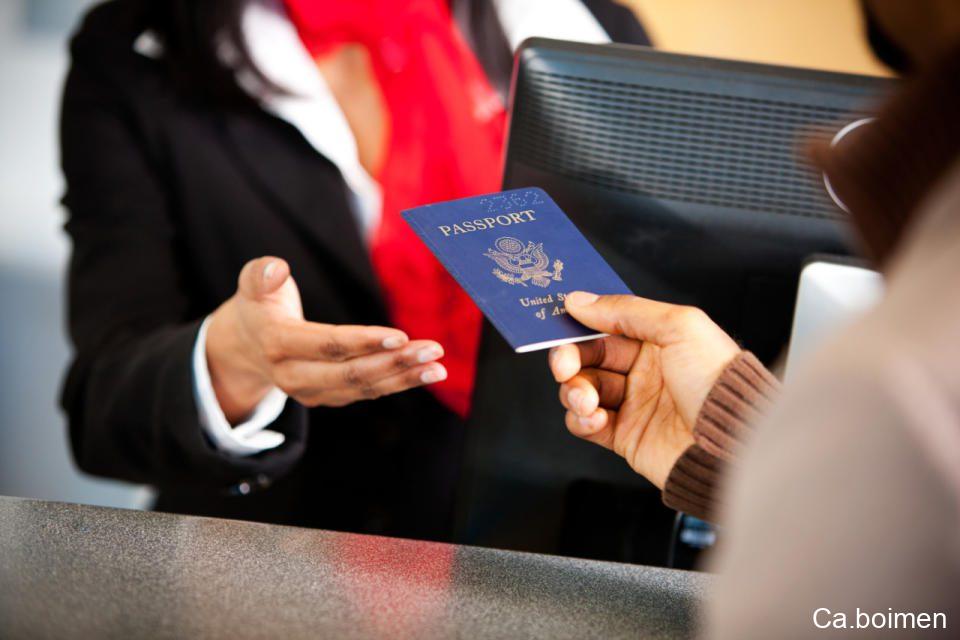Thinking about working in Canada with visa sponsorship? You’re not alone. Every year, thousands of skilled workers dream of landing a Canadian job offer and getting sponsored for a work visa. But the process can feel like a maze. Where do you start? What do you really need?
Advertisements
In this guide, I’ll break it all down — no fluff, just the exact steps you need to take to make your Canadian work dream a reality.
Advertisements
Step 1: Understand What a Sponsored Work Visa Is
A sponsored work visa means a Canadian employer offers you a job and agrees to support your work permit application. You don’t apply for a visa randomly — you need that job offer first.
Send in Application
Why It Matters:
This is the fastest way to legally work in Canada. Some programs may even lead to permanent residency.
Advertisements
Step 2: Check If You’re Eligible
Before anything else, make sure you qualify for a Canadian work visa. Generally, you’ll need:
Advertisements
- A valid job offer from a Canadian employer
- Relevant work experience and qualifications
- Ability to speak English or French
- No serious criminal record
For most foreign workers, the work visa is issued through the Temporary Foreign Worker Program (TFWP) or International Mobility Program (IMP).
Step 3: Find a Canadian Employer Willing to Sponsor You
Here’s the tough part — not all employers want to go through the process. Look for companies actively hiring internationally or that have previously hired foreign workers.
Where to Look:
- Job Bank Canada (jobbank.gc.ca)
- Indeed Canada
- Workopolis
- Global hiring websites like LinkedIn, Jooble, or Glassdoor
- Immigration-focused recruitment agencies (e.g. Canada Jobs Recruit, Hays Canada)
Look for job listings that say “visa sponsorship available” or “LMIA provided.”
Step 4: Get a Job Offer With LMIA (If Required)
In most cases, your employer must get a Labour Market Impact Assessment (LMIA) — a document proving they couldn’t find a Canadian citizen for the job.
Once approved, they’ll give you:
- A copy of the positive LMIA
- A formal job offer
You’ll need both to apply for a work permit.
💡 Some jobs — like intra-company transfers, post-grad workers, or jobs under free trade agreements — may not need an LMIA.
Step 5: Apply for the Work Permit
Once you’ve secured the job offer and LMIA (if applicable), it’s time to apply.
What You’ll Need:
- Job offer letter
- LMIA number (if applicable)
- Proof of identity (passport)
- Educational and work credentials
- Language test (if required)
- Application fee (CAD $155 as of now)
You can apply:
- Online via the IRCC portal
- Or at a Visa Application Centre (VAC) in your country
Step 6: Attend Biometrics & Medical Exam
After submitting your application, you’ll likely be asked to:
- Provide biometrics (fingerprints and photo)
- Undergo a medical exam (for some job types or countries)
Don’t skip this step — it’s mandatory and time-sensitive.
Step 7: Wait for Approval
Processing times vary — usually 1 to 3 months, depending on your country and visa office workload.
You’ll get:
- A letter of introduction if your work permit is approved
- Instructions for entry at a Canadian port of entry
Step 8: Travel to Canada and Start Working
Bring your documents when flying to Canada:
- Letter of introduction
- Job offer
- LMIA (if applicable)
- Valid passport
- Any additional requested paperwork
At the airport, the border officer will review your documents and issue your work permit on the spot.
Bonus Tip: Apply for PR While You Work
Many work visa holders later apply for permanent residence under Express Entry or the Provincial Nominee Program (PNP). Sponsored jobs can give you extra points!
Quick Checklist
✅ Find an eligible employer
✅ Secure job offer (with LMIA if needed)
✅ Apply for work permit online
✅ Complete biometrics & medical exam
✅ Receive approval
✅ Travel to Canada and start working
✅ Consider PR pathways
FAQs
Q: Can I bring my family with me on a sponsored work visa?
Yes! Spouses may apply for an open work permit, and children can attend school.
Q: Do all jobs require an LMIA?
No. Some categories like the Global Talent Stream, international trade agreements, or IMP-exempt roles don’t require one.
Q: How much does it cost to apply?
Work permit fee: CAD $155. Biometrics: CAD $85. Extra costs for medical exams or family members may apply.
Q: Can I change jobs later?
Not easily. Sponsored work permits are usually employer-specific. You’ll need a new LMIA and permit to switch.
Final Thoughts
Getting a sponsored job in Canada takes effort, but it’s totally doable with the right steps. Start by targeting employers actively hiring international talent. Once you land that offer, the rest is paperwork and patience.
Have questions? Share them below. Or tell us — what job are you aiming for in Canada?







